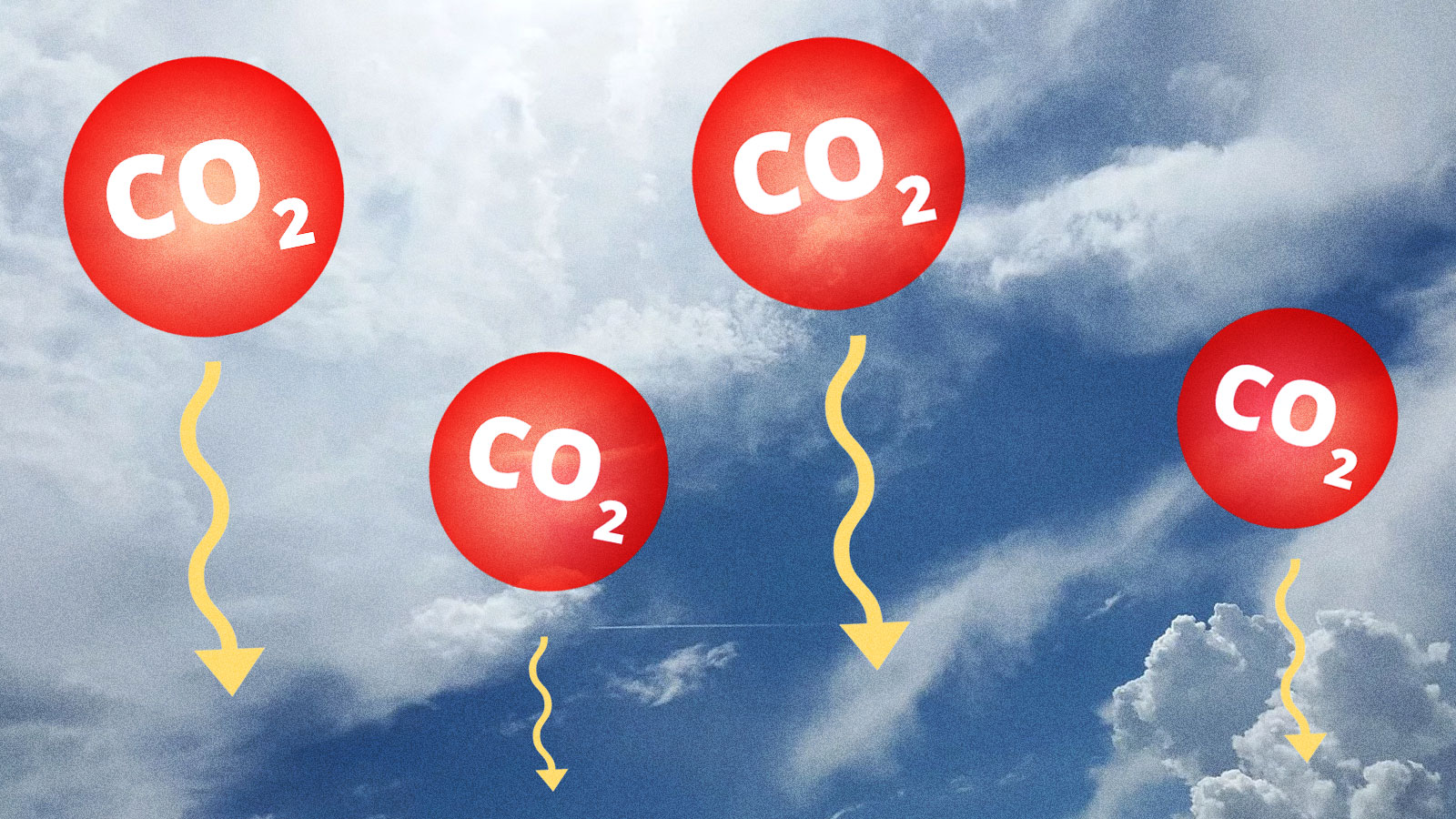The climate think tank Project Drawdown first took on the question “what’s really the best way to stop climate change” in 2017 — and came up with a hundred answers, from cutting food waste to implementing alternative refrigerants. Now, Project Drawdown has updated its original list to incorporate the latest findings.
The name references the day when humanity switches from emitting carbon dioxide to storing it and begins drawing down the carbon we’ve dumped into the atmosphere. The team compiled its recommendations, which were first published as a bestselling coffee table book, based on rigorous scientific analysis of the costs and carbon savings of every solution available at scale today.
Jonathan Foley, an environmental scientist and the executive director of Project Drawdown, chatted with us about the changes — and explained why we don’t need technological breakthroughs or political miracles to bring the world to net-zero carbon emissions. Our interview has been condensed and edited for clarity.
Q. To start off, can you tell me a little bit about what stayed the same?
A. The top-line message remains the same essentially, which is that with solutions that exist now — not ones that are in the lab, not ones that are just science fiction or wishful thinking — but with solutions that actually exist today, we can stabilize our climate at 1.5 degrees or 2 degrees C. It wouldn’t be easy. It requires a lot of political will, a lot of leadership, and a lot of mobilization. But it’s all stuff that exists right now. That’s pretty amazing.
The other thing that stayed the same was the message that we have to do a lot of different things to get there. There are no silver bullets when it comes to climate change. We may have silver buckshot, but that’s about it.
Q. And what have been the most substantial changes to the recommendations from the original Project Drawdown?
A. The numbers are actually pretty different, especially on the cost. Things got cheaper and with better returns on investments compared to the original analysis. And a lot of that is because things have gotten cheaper in renewables in the last few years. So I think we’re seeing a stronger economic case for climate solutions every year.
A lot of people remember the rankings of solutions from the first book, and we did provide new rankings in this one. We presented two sets of rankings — one for a scenario that gets us 2 degrees C and one for a scenario that could get us to 1.5 degrees C.
I think the message is that we still have to do all of these solutions. It doesn’t matter to me much that a solution was ranked No. 3 and that it’s now No. 6. The same kinds of things still appear near the top: The food system, like food waste and diets, is up there are pretty high, and things like refrigerants, which people kind of forget about — these potent greenhouse gases called hydrofluorocarbons. And of course, sprinkled throughout all the rankings are items that address the fossil fuel problem from many different angles. Whether it’s energy efficiency or renewable electricity or different ways of transportation, fossil fuels are found everywhere on that list from top to bottom.
Q. Even though the Project Drawdown guide is backed by a lot of rigorous science, it isn’t meant for scientists or policymakers — it’s for regular people. How do you accurately and succinctly explain issues that often have a lot of complex science behind them to the general public?
A. Usually when somebody does a study, the first thing they do is write it up for a scientific journal or a white paper, where it’s written basically in almost incomprehensible language, for maybe a hundred people in the world who could read it. Then later they’ll say, “OK, now we’re going to make the more public version of this.”
We’re flipping the model. People find it inspiring that there are solutions to climate change, and that when you do the math, they seem to work. So we systematically go through all the different solutions, and use the same technique to look at them — we’re comparing an apple to an apple to an apple when we compare our forestry solutions to a nuclear energy solution to a different type of car, and that’s what had never been done before. I think universities are very good at what they do, and we need the real in-depth experts on every single one of those solutions. But we’re not a university. None of us are working on getting tenure.
Q. It seems extremely likely that in November, we’re either going to have either a President Trump, a President Biden, or a President Sanders for the next four years. Which of the Drawdown solutions are you the most hopeful about regardless of the election outcome, and which ones do you think require more political willpower to make happen?
A. We have to remember that this is a 30-year effort we’re talking about. One four-year term can make a big difference, but it’s not game over, regardless of who wins in November. The world will not be fried if Trump gets reelected. It just won’t help much. And the world will not be saved if Bernie wins with the Green New Deal. So I don’t really think it’s wise to clip all our hopes on one election outcome — or all our fears.
There are so many levers of power to pull: at the local level, states, banks, Wall Street, businesses, our own behavior and communities. This is an international problem, from our neighborhoods to the international markets.
What we need now is time. Saying, “That’s who’s going to save us: the U.S. House of Representatives, or the U.S. federal government, or the United Nations,” is how we managed to waste the last three decades. I think we need to start leading elsewhere and hope that Washington and the U.N. will follow.
Q. Coronavirus is something that’s changing a lot of personal behaviors right now. Do you think there’s a potential for a ripple effect after the pandemic crisis is resolved that might shift around things on the list for dealing with the climate crisis?
A. Recessions suck for everybody. No one in the environmental community should be celebrating this virus — this is a tragedy and there’s no other way to say it. But it does, at least in the short run, mean a drop in emissions. And hopefully, there’ll be some lasting lessons from this. Hey, there are other ways to do things besides flying all the time and driving all the time. Working from home and telecommuting might be really viable options now, so let’s learn how to do those really well. That might help reduce some of the emissions long term after this crisis if people stick to those habits a bit more.
People also learn how to be more resilient as a society to these kinds of shocks. Whether it’s a virus next time, or a big storm, or a hurricane, or fires, people are going to be a little bit better on the resiliency side of the equation. If there is any silver lining about this incredibly dark cloud, that might be it.




